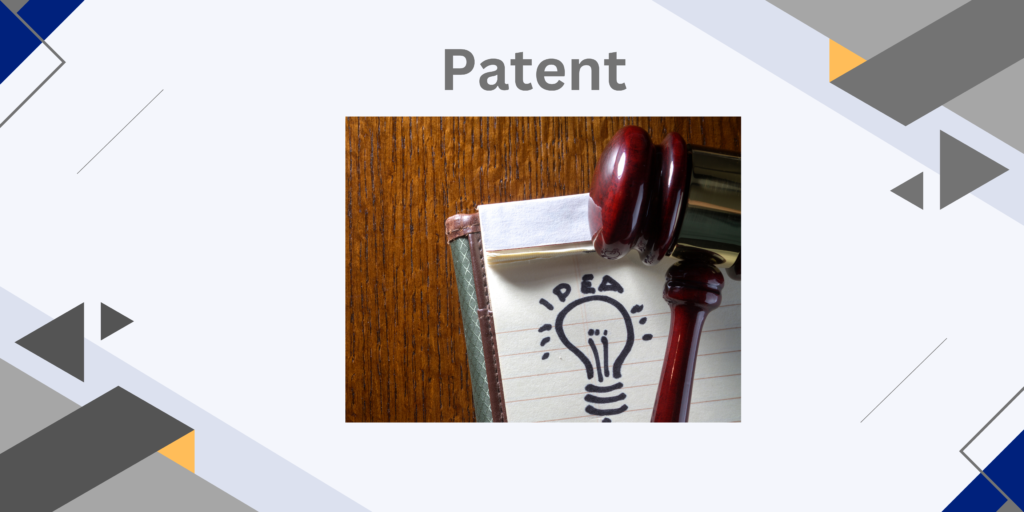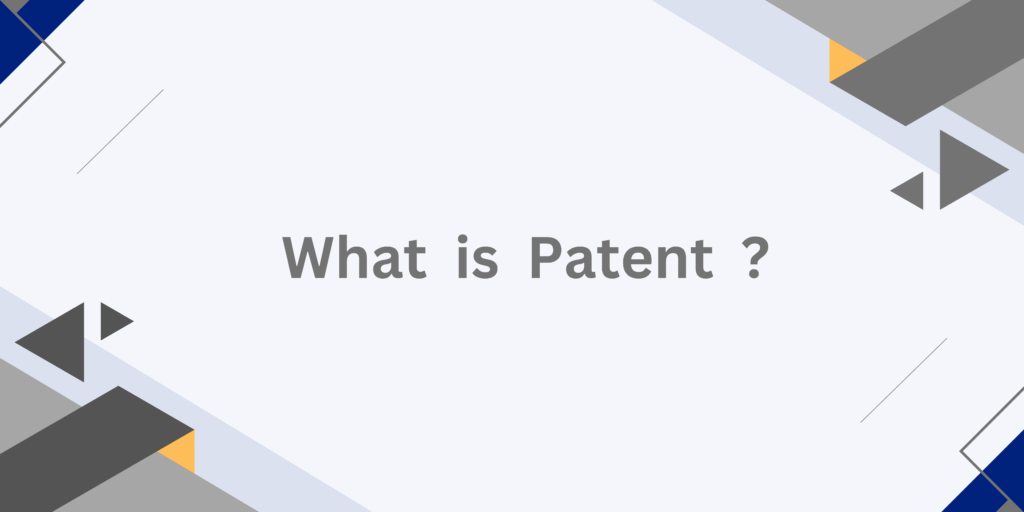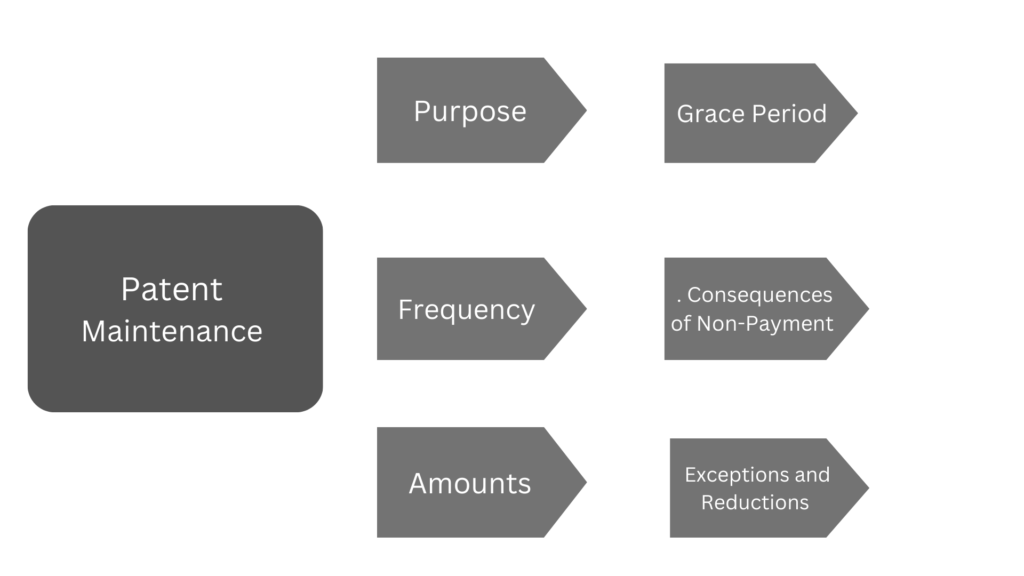1007, AARYAN WORKSPACE - 2, NR. GULBAI TEKRA, AHMEDABAD.
10AM to 7PM


A patent is a legal protection that gives inventors exclusive rights to their inventions, preventing others from using, making, or selling the invention without permission for a set period, usually 20 years. The firm helps clients with patent applications, protects their inventions, and handles disputes related to patents.
There are three different kinds of patents :-
The most frequent type of patent, all these are given to new machines, chemicals, and procedures.
(2)- Design Patents :-
Granted to guard the special appearance or design of manufactured items, such as the surface ornamentation or general design of this item.
(3)- Plant Patents :-
Allowed for the creation and asexual reproduction of fresh and different plant varieties, such as hybrids (asexual reproduction usually means the plant is replicated by means other than from seeds, such as by pruning or rooting of cuttings).


1- Patentability Assessment : Conduct a search to verify that your invention is novel and meets the criteria for patent protection. This step ensures your idea hasn’t already been patented by someone else.
2 – Application Drafting : Carefully prepare the patent application, including detailed forms and a thorough description of the invention. This documentation is critical for explaining the invention’s uniqueness and functionality.
3 – Application Submission : Submit the completed application forms, along with all necessary supporting documents, to the appropriate patent office. This officially starts the patent registration process.
4 -Publication : After about 18 months, the patent application is published in the official journal, making the details of the invention available to the public.
5 – Examination : The patent office reviews the application to assess the invention’s patentability, ensuring it meets all legal requirements. A report is then issued, outlining any concerns.
6- Respond to Objections : Address any objections or requests for clarification raised by the patent office during the examination phase. This may involve modifying the application or providing additional information.
7- Patent Granting : If the application is satisfactory and all issues are resolved, the patent office will grant the patent, giving you exclusive rights to your invention.

Patent maintenance refers to the process of paying periodic fees to keep a granted patent in force. These fees, often called “maintenance fees” or “renewal fees,” are required by patent offices in many countries to ensure that the patent remains active and enforceable throughout its term.
.
10TH FLOOR - 1007, AARYAN WORKSPACE - 2, OPP. VASUNDHARA SOCIETY NR. PUNESHWAR FLAT, NR. GULBAI TEKRA,
Call Us For Free Consulatation
Drop Us A Mail
Navdeep & Assocciates Design & Developed by VW Themes